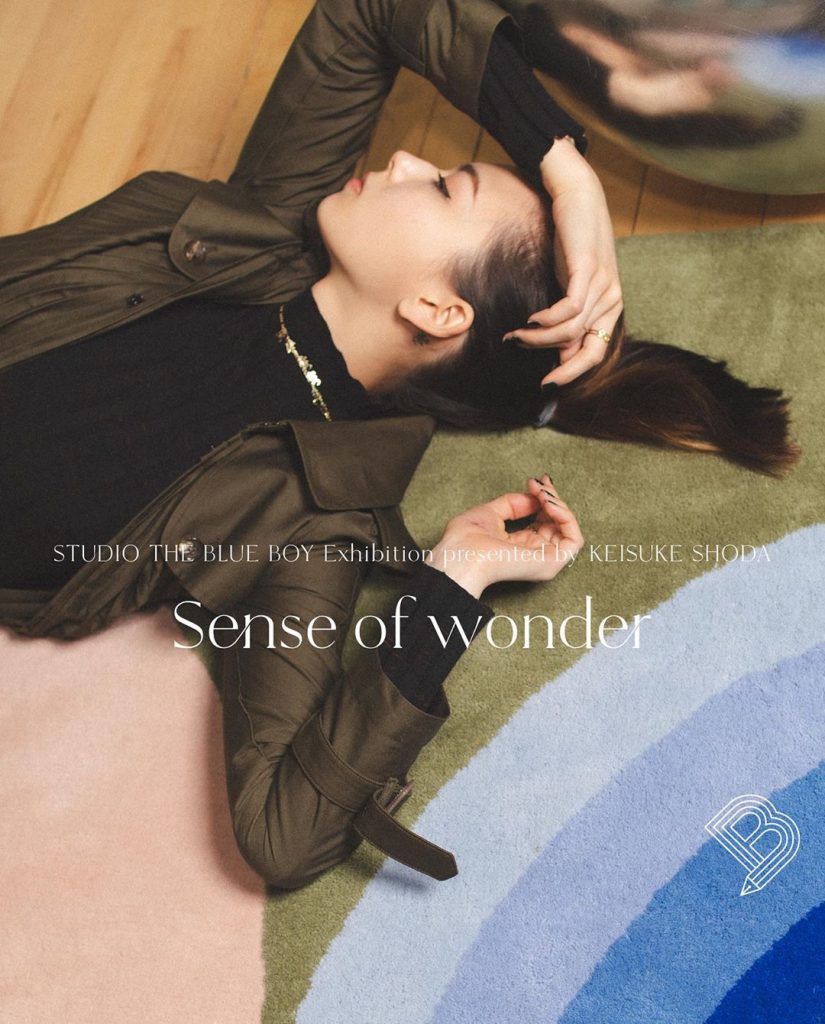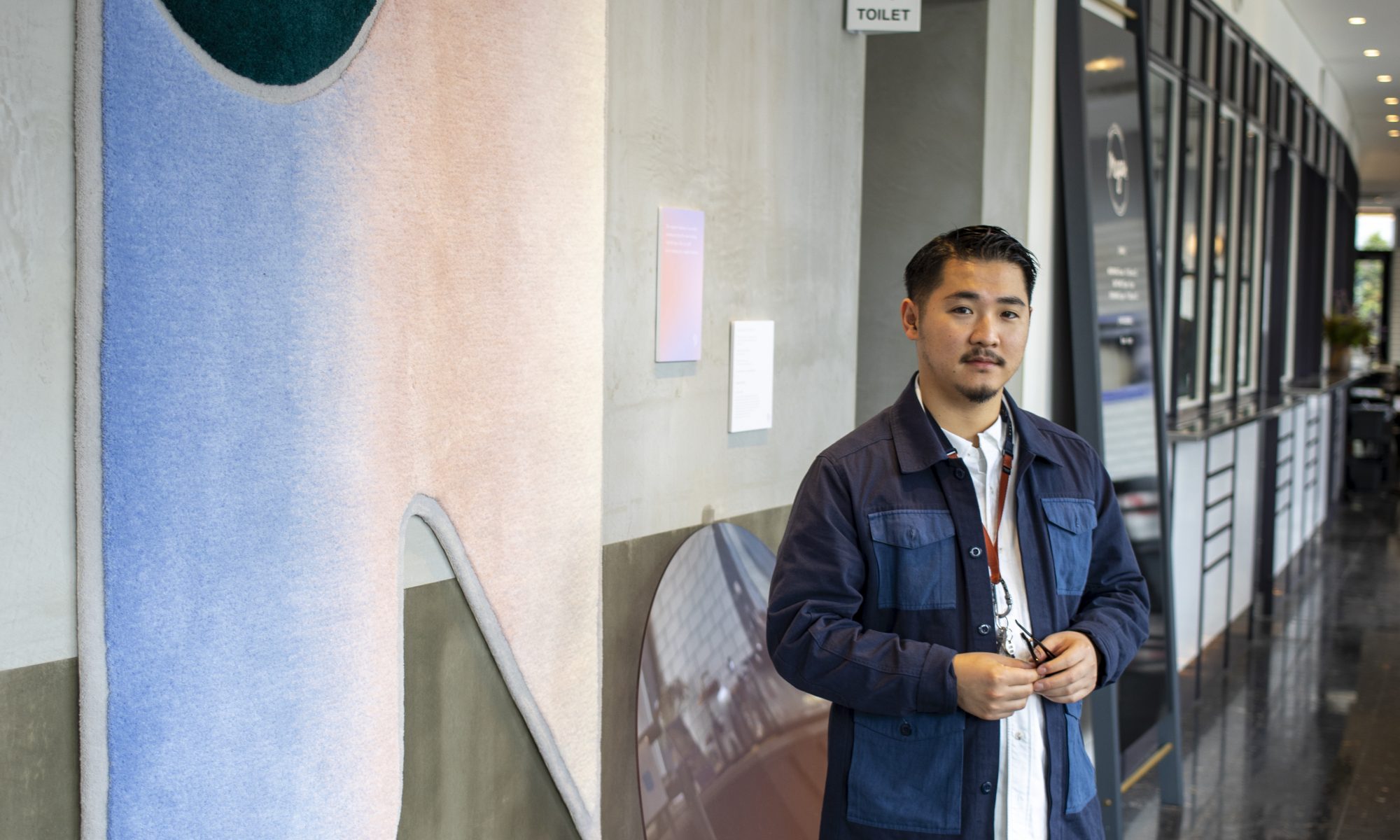A Conversation with Keisuke Shoda
The creative community in Tokyo is a diverse and dynamic force to be reckoned with on both a local and global scale.
As is the case with many professions in Japan, the discipline and raw pursuit of perfection in craft are ever-present, though one tends to find that there is little drudgery or conservative regard when it comes to creative expression.
In fact, long-held societal beliefs and popular perceptions of artistic beauty and form tend to inspire even more contrarian creative output. This is not an exclusively “Japanese” phenomenon, but registers at a higher volume here.
Case in point, Mr. Keisuke Shoda — a pop musician turned designer and art director (and now, rug maker), but also a cosmopolitan connector, instigator and deeply entrenched Tokyoite.
Shoda-san has an innate sense of how to balance Japanese sensibilities with global trends and perspectives, all with inspiring warmth and genuine grace.
We had the pleasure of sitting down together on the heels of his recent collaboration with MUSTARD Hotel and in anticipation of his upcoming exhibition in Tokyo.
How did you first become interested in art direction and design?
Actually, I started my career at a vocational college for music, which is also when I moved to Tokyo.
You know, you go to school and you have so much time but not enough money to hangout or live by yourself, so I had to work on my off-time.
My first job was at an IT company as assistant designer. That was my first opportunity using applications and being introduced to creating graphic designs.
As the years went on, I hopped from one job to another, but graphic design really held my interest and also helped me get into fashion.
My first art direction experience and job was when I started working for WWD Japan.
Once I got a few projects under my belt producing beautiful photo editorials, I really fell in love with the “0-100” creative process and began freelancing around the same time.
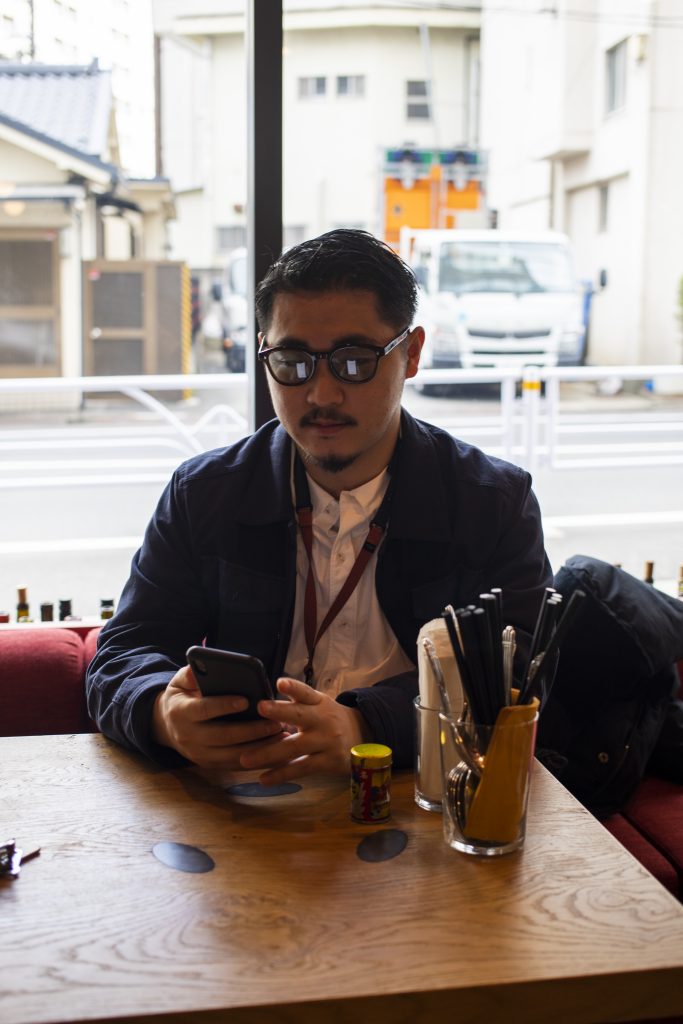
You are originally from Tochigi prefecture. Would you recommend it to those traveling in Japan?
It’s funny, I’m from there but I still really don’t feel like I’ve explored enough of Tochigi because I moved to Tokyo 12 years ago.
But now since I’ve been out of my old town for a long time, I really want to revisit and immerse myself.
Nasu and Nikko are wonderful — the hot springs in Nasu and then seeing the temple and beautiful Kegon waterfall in Nikko.
There’s also a very new art residence in Nasu called artbiotope, which I surely recommend.
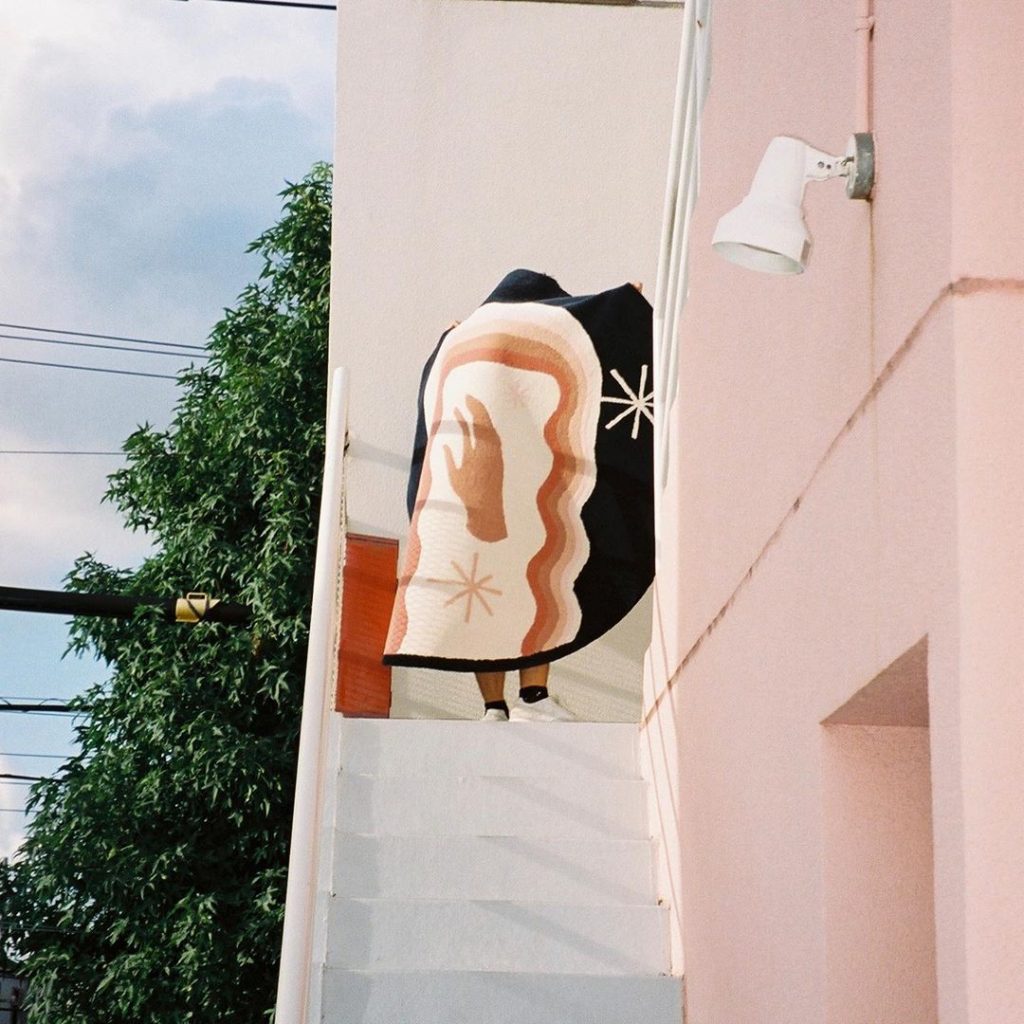
What is it like to work independently in Tokyo and how does the city inspire or motivate you artistically? Similarly, how does Tokyo challenge you as an artist and professional?
It’s very hectic to work in Tokyo and as, people say, it really is the city that never sleeps.
The best way I can describe it is, is when I’m in Tokyo, it feels heavy with energy, but in turn it makes you more resourceful and able to become enlivened and motivated when you return from elsewhere.
That’s why world travel is so important to me and my creative process. You can really appreciate and better understand your home city when you experience others.
Tokyo has been attracting so many artists both from Japan and abroad, which is also great motivation for me. It’s competitive in a positive way.
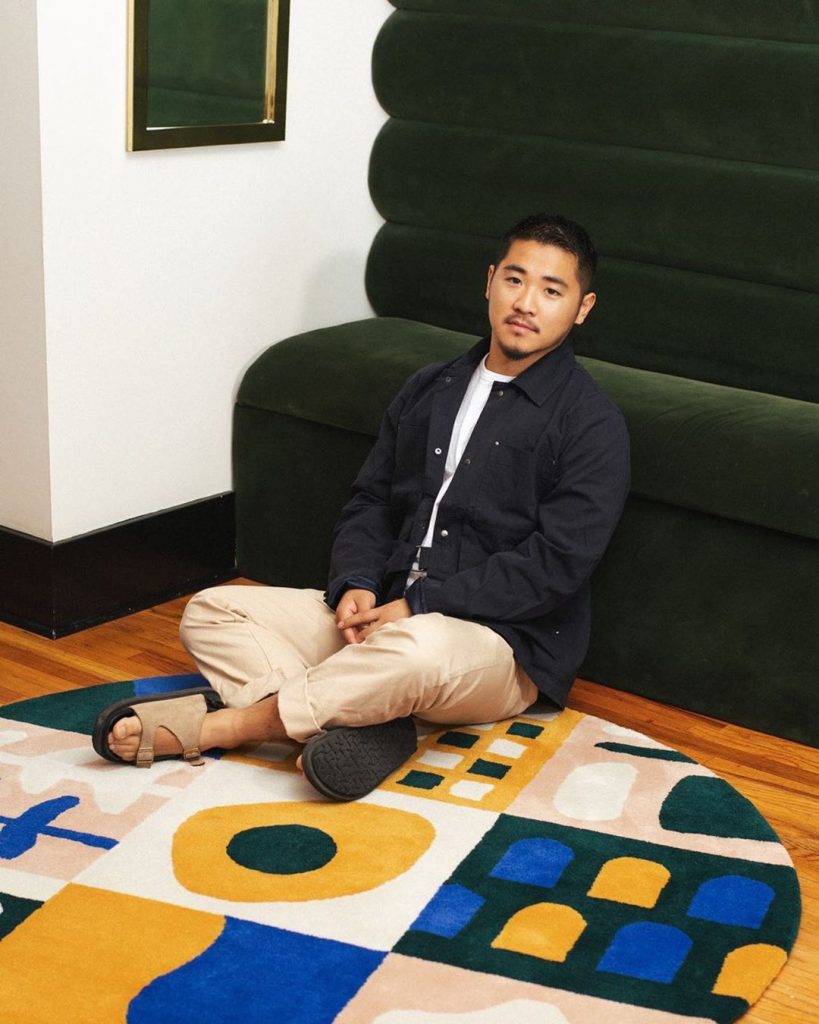
You launched STUDIO THE BLUE BOY just over a year ago. Where did the idea come from?
I always wanted to establish an actual brand that was focused on marrying art with interior design.
When I was visiting European countries, I noticed so many interesting conceptual design and retail shops from established and independent brands.
Tokyo has very notable conceptual shops and items, but I rarely connect with anything that I actually wanted to buy for my home. By nature, Japanese people tend to be distinctly minimal and often shy away from lots of colors or patterns.
I began to think maybe I could produce objects with the quality, care and attention to detail of Japanese craftsmanship that were also colorful and worked as true pieces of art in the home.
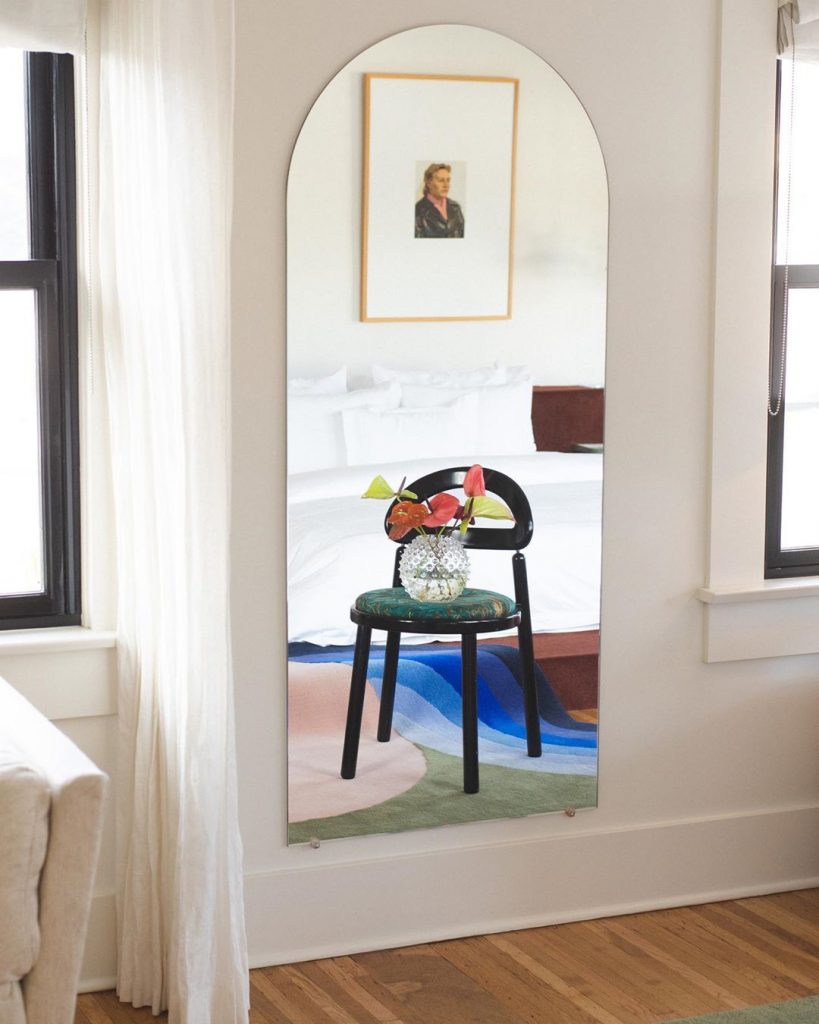
You collaborate often with other Japanese and Asian creatives as well as in France and the United States. How has working internationally helped your creative and personal growth?
Yes, absolutely. Well, I love to talk to people and make friends all over the world. I need to see and hear other cultural perspectives and learn bits of new languages to really be happy and fulfilled.
For example, when you are at museum and discover your favorite artist, but you don’t know their native language (or at least some English), then it can be hard to connect and know what you really want to know.
I mean, for me, that’s why that creative environment drove me to learn English. In an artistic sense, of course, there are many things that can be expressed without language, but from a collaborative standpoint, interpersonal communication can always help you relate and co-create on a deeper level.
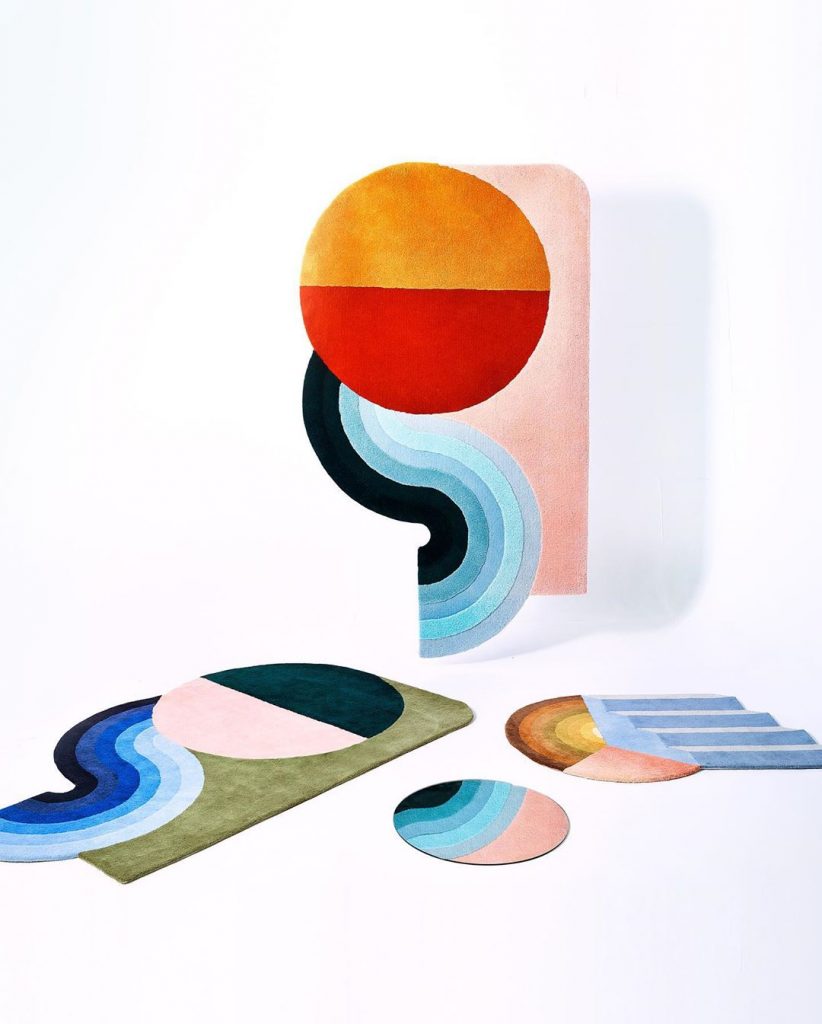
Can you tell us a bit about your upcoming exhibition at BRICK in Shibuya that is opening this week?
Yes! Well, first, the gallery has just been constructed, so it’s exciting to be the first show there.
It’s going to be two floors showing my artwork, with 8 sections in total.
Each section will have different themes rugs, ceramics and pictures by different artists.
The focal point will be about the rugs we’ve been making at Studio The Blue Boy, but there will also be some collaborative pieces between myself and artists from other industries around the world — one with a photographer, space design artist (virtual design) and a ceramic artist.
Even prior to this show, I’ve always preferred to show my graphics and paintings within the context of other mediums.
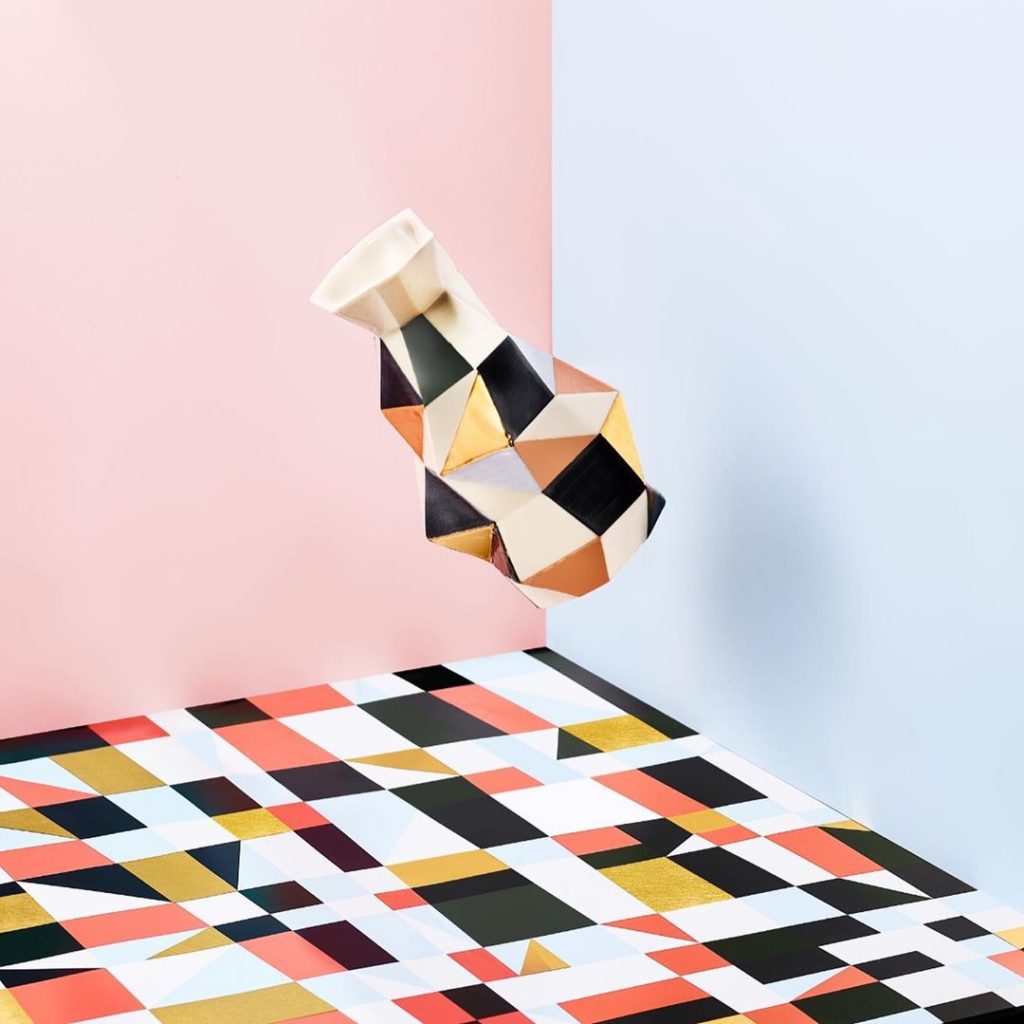
How do you spend your down time in Tokyo?
Fortunately, I live very close to Yoyogi Park, so I when I become overwhelmed or busy with work or life, I visit it and do nothing and recharge.
I also frequent David Otto juice shop in my neighborhood, enjoy dinners with friends and sporadic travel in Tokyo and around Japan.
You may follow Keisuke on Instagram @keisukesyoda and @studiotheblueboy.
STUDIO THE BLUE BOY Exhibition presented by KEISUKE SHODA
Date:January 24th, 2020(Fri) – January 26th, 2020(Sun)
Location:BRICK
4-27-6 Jingumae Shibuya-ku Tokyo
Open Hours:11h – 20h
URL:https://studio-theblueboy.com/
Contact:info@keisukeshoda.com
Collaboration Artists:
Nareg Taimoorian (Los Angeles, USA based Art Director / Visual Designer)
Ryan Strongin (Los Angeles, USA based Photographer)
Kotaro Sakazume (Tokyo, Japan based Ceramic Artist)
Takunobu Sawada (Kyoto, Japan based Ceramic Artist)
